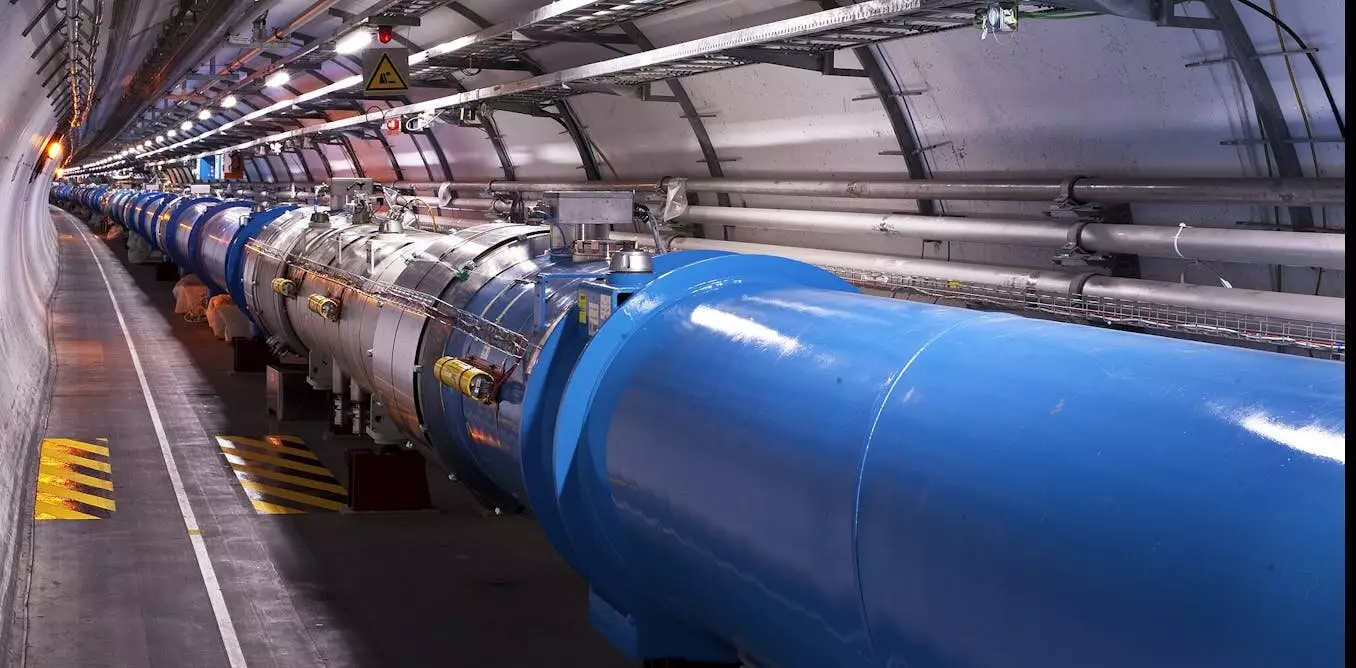At the European Organization for Nuclear Research, better known as CERN, the complex and sophisticated experiments conducted require meticulous planning and execution. While the average person may think that flipping a switch is all it takes to start a physics experiment, the reality is far more intricate. One of the most renowned experiments at CERN is the Large Hadron Collider (LHC), which delves into the world of subatomic particles to unravel the mysteries of the universe.
Each winter, the collider and its experiments undergo a period of hibernation. This winter nap serves several purposes, including the need to replace components, install new pieces, and ensure that the equipment is in optimal working condition. Additionally, running these complex machines during the winter can be costly due to increased electricity prices and the demand for power to keep nearby residents warm. Therefore, the downtime during winter allows the teams at CERN to prepare the LHC and its experiments for a fresh season of data collection in the spring.
Before the LHC can begin smashing protons at high energy levels, the experiments need to be awoken from hibernation gradually. One method used during this phase is testing the particle detectors with cosmic rays. These subatomic particles, generated when energetic particles from space interact with atoms in the atmosphere, serve as a natural source for detector testing. By observing the trajectory and energy loss of cosmic rays as they pass through the sensors, physicists can ensure that the detectors are functioning as expected.
While cosmic rays are useful for initial testing, they are not sufficient for all calibration purposes due to their random and sparse nature. To conduct more in-depth tests, engineers at CERN create subatomic splashes using the LHC’s protons. These splashes are generated when the protons collide with a collimator, creating a wave of particles that move through the accelerator pipe. The purpose of these beam splashes is to verify the synchronization and accuracy of the detectors in the experiments.
One critical component that requires specific testing is the ATLAS experiment’s Tile calorimeter. This detector, designed to measure the energy of particles like neutrons and protons, consists of rows of tile-shaped sensors. To accurately calibrate the Tile calorimeter, engineers need to test it with a particular type of particle—muons. Unlike other particles, muons can pass through multiple layers of sensors without losing much energy, making them ideal for detector testing.
After weeks of meticulous testing and calibration, the LHC is finally ready to accelerate protons to their maximum energy levels and collide them. This collision generates a plethora of data that physicists analyze to uncover new insights into the fundamental workings of the universe. The restart of experiments at CERN is a long and intricate process that demonstrates the dedication and expertise of the teams involved in pushing the boundaries of scientific discovery.


Leave a Reply